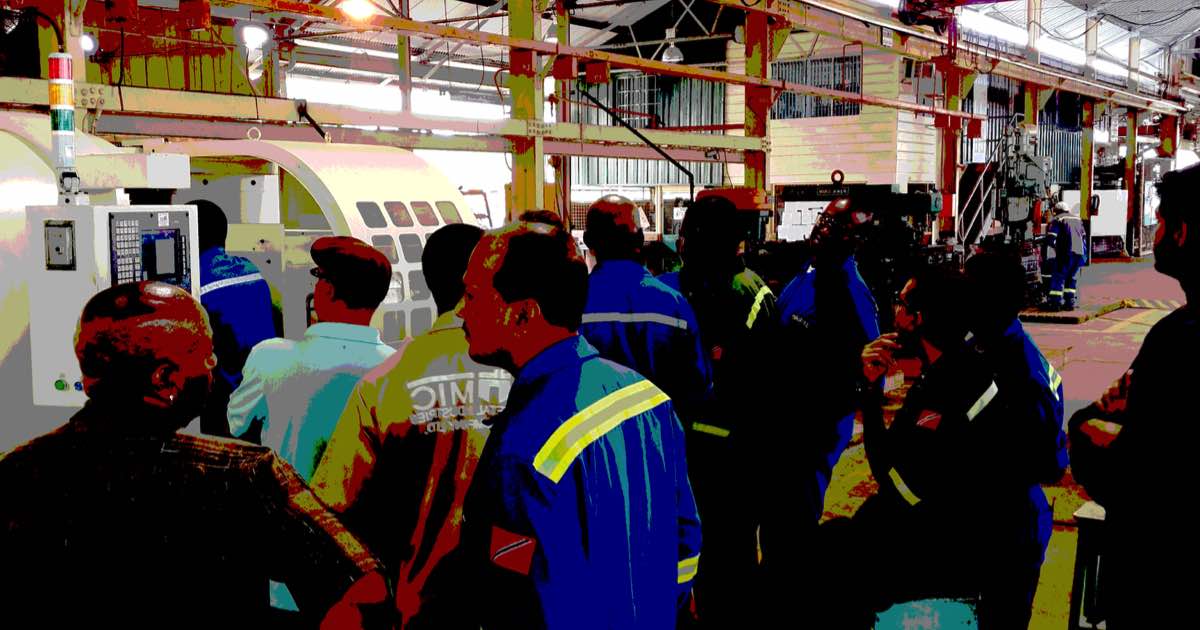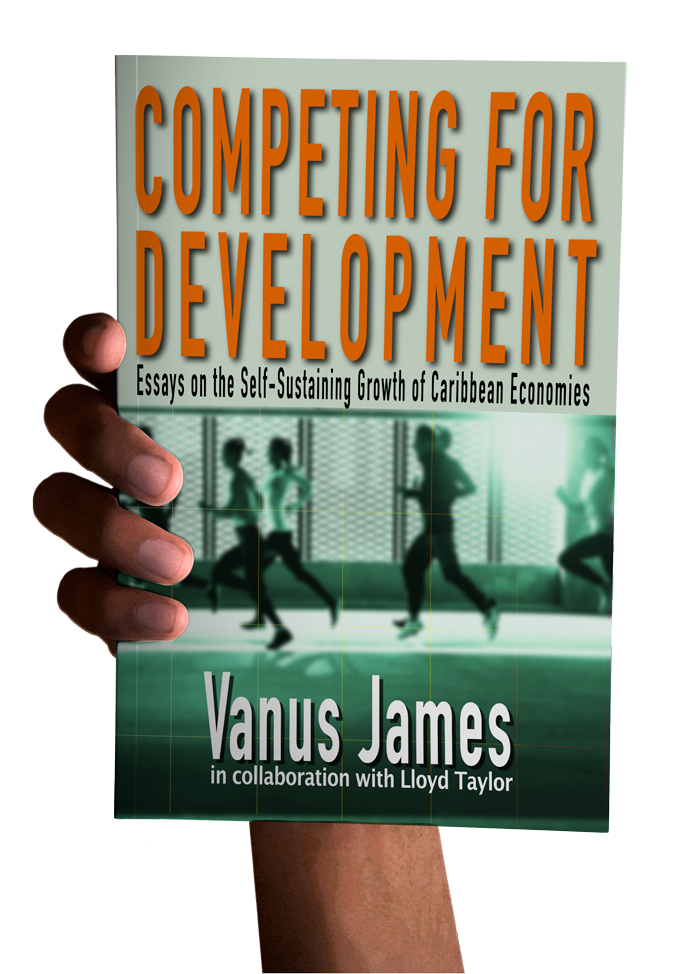
After Petrotrin What?
Fifteen years ago, Trinidad and Tobago went through the trauma of closing Caroni 1975 Ltd, which it had bought as a failing company from Tate and Lyle, the British manufacturing giant. Then, government explained that it was forced to close the company because it could no longer subsidise the billions of dollars of losses it was racking up. Then too, government offered generous VSEP packages to its 9000+ workers. The move was supported by Standard and Poors and the IMF. Now, we are back to that same square with Petrotrin, for similar reasons.
There are two fundamental lessons the country must learn from these two traumatic economic experiences. The first is that we can only fight against from the laws of economics for so long. Granting huge subsidies to failing sectors and their dominant firms will bring the country to ruin sooner or later, and the earlier we face that fact, the better for all concerned. The second is that some generation of citizens and their political leaders must bite the bullet and face the difficult task of introducing policies designed to systematically diversify the economy of Trinidad and Tobago away from these vulnerable commodity-producing sectors, including oil and gas and agriculture.
The good news is that there is positive guidance in the historical record of the country and growing opportunity in the changing world. Read with the right type of economic analysis, the historical record shows quite clearly that our cluster of service industries provide the best prospects for achieving growth and diversification of our output and exports, with development. The cluster transmits 55% of its long-run growth to the rest of the economy and hence to output. This is far better than the 33% transmitted by the cluster of manufacturing industries, including the energy sector with its cycles of boom and bust.
The services cluster of which we speak includes several groups of industries. There are business services, communication services, distribution services, education and healthcare services, financial services, professional services, and transport, tourism, entertainment, and related services. Except for tourism, economists used to think that most of these services are nontradable. Not anymore. It is now recognized that they can all be exported in different ways. Even hairdos can be exported if we bring tourists to our shores in sufficient numbers and persuade them that we have the best hair stylists in the whole world. We already know that if we do enough “tourism product development”, “tourists” can be attracted in large numbers to enjoy our museums, healthcare institutions, education institutions, entertainment festivals, fetes and other services, various tours and other types of what economists call “consumption abroad”.
We can encourage foreign institutions to locate here and team up with local institutions and professionals to enhance quality and supply the medical services, education, services, financial services and indeed any other services that diversify the tourism product. Then, once the quality is built up, or while it is being built up, our institutions can locate abroad to replicate that exporting model from foreign shores. It is also already clear to young people that modern telecommunications technology can be used for transmission of services through documents, telemedicine, tele-education, music streaming, and video streaming across borders to the entire world. Architects, engineers, musicians, plumbers and other professionals can be based here at home but travel abroad to supply services, by what the economists describe as the “presence of natural persons”. Indeed, with modern advances in information and communication technology the options for profitable exporting of services have grown exponentially. We are currently far from exploiting our full potential in this area.
Indeed, while we dabbled with sugar and oil, we underinvested in developing our services exports. Today we only profitably export US$1.118 billion of services according to World Bank estimates. That is about 10% of the US$11.04 billion of our total exports of goods and services. There is considerable scope for a bigger push into services. What about the demand prospects? Here too, the evidence supports the move. Global trade in services is rising rapidly, and global exports of services are now estimated by the World Bank to be about US$5.4 trillion and growing. So, the demand is there or can be created.
However, if you think about it for a minute, there is another set of reasons it makes sense to stake our future on the services cluster. Without the capacity to manufacture capital equipment and tools competitively, this is the cluster that best supports our efforts to upgrade our technologies, reorganise our production, and equip our managers and workers with better knowledge and skills to minimise business failure. It is through this cluster that we upgrade our school systems, healthcare systems, information sharing processes, governance arrangements, and other social organisations needed to underwrite the successful use of improved technologies. This is also the cluster through which we generate and spread new ideas, develop advantage, build market-creating capacity and grow international interest in our civilisation and what we can offer the world. These are the industries we are quite good at running if we put our minds to it and open our country to the world with confidence.









